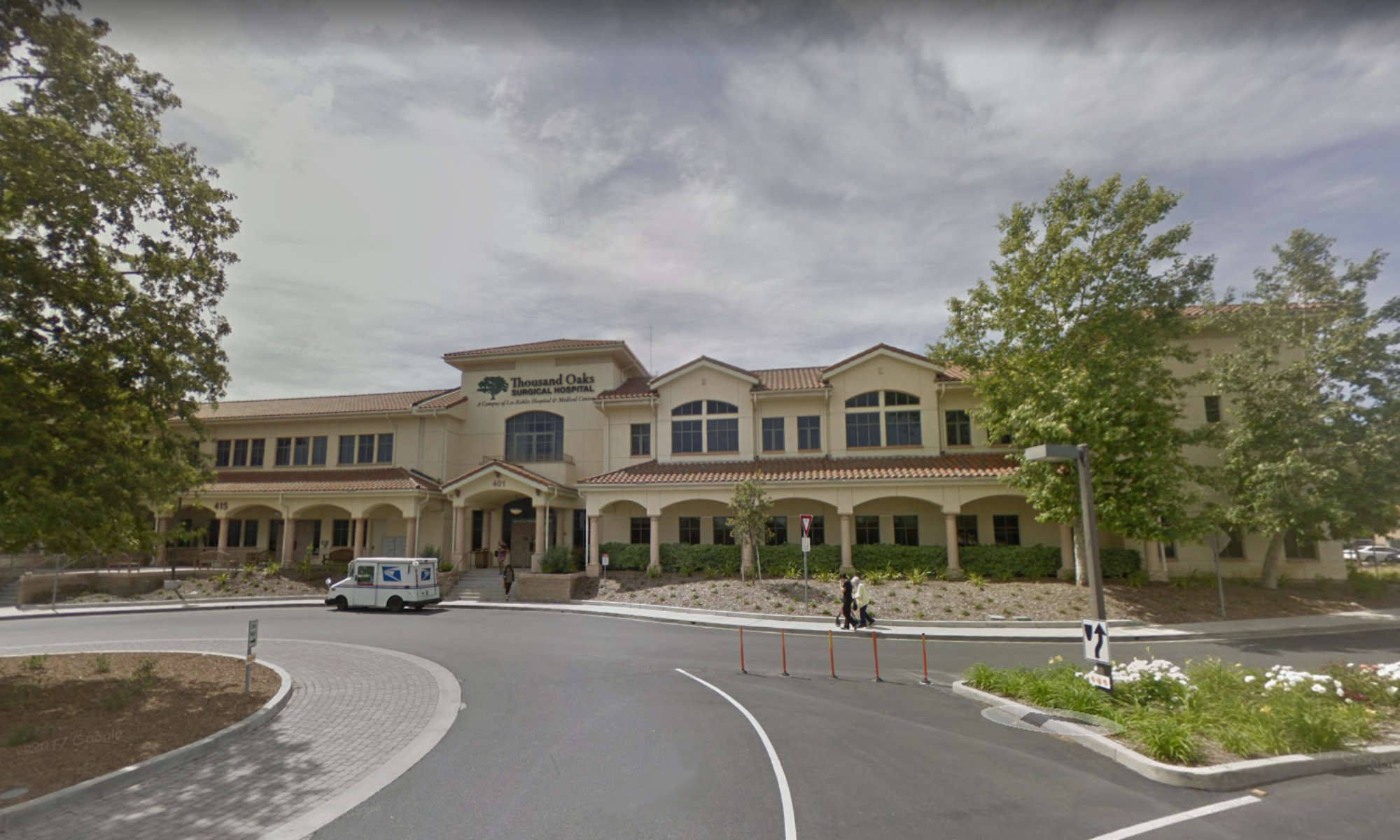
In my experience as an owner/landlord and broker of commercial real estate (“CRE”), most brokers hired to list office, retail, industrial or other types of CRE properties for sale or lease put up a “for sale” or “for lease” sign and list a property online at a couple of Commercial Real Estate (“CRE”) websites like Loopnet and CoStar. This passive approach waits for the interested parties to find the property by driving by it or searching for it online.
The passive approach discussed above, while necessary, is not the best way to sell or lease your property for the maximum price and/or fast as possible as it takes the least amount of effort by the broker. In some hot CRE markets with lots of demand and limited supply, this might be all that is required. However, even then you aren’t seeing all offers and might not be selling or leasing for the highest price or as fast as you could have. In conjunction with this passive approach, there are many other meaningful actions that can be performed but they take the knowledge that most brokers don’t have as well as time, energy and dollars that these brokers simply don’t want to invest.
One such action a broker can take is contacting your current client base (via LinkedIn, email, phone call, etc.) and even your personal contacts (via Facebook, Twitter, etc.) to see if they have any interest or know of anyone that does. The power of these contacts is not to be underestimated especially if you have strong business and/or personal relationships and have kept in touch with them. I have found the more personable broker that has a reputation for putting people first over making commissions and that specialize in certain cities or certain parts of larger cities know the local people that actually live and work in these areas. This helps them get more referrals to help them sell their listed properties faster. I recently received an office lease listing where a large national brokerage firm could not lease the space for 2 years but I was able to lease it in less than 30 days because of the aforementioned personal relationships and referrals to me from them.
Another action a broker can take is changing up the listing and flyer information periodically. I prefer doing this monthly but it does depend upon the property type and demand for it but at a minimum, I would recommend doing this quarterly. I recommend changing the listing and flyer to highlight different important property features and use different headers so interested parties that might have seen the original marketing information see new information that they might not have seen the first time. I recently received a new office lease listing that a large regional brokerage had tried to lease the space for years where the listing, flyer and other marketing information simply was never changed and I was able to make it better and have created new interest in the property with multiple offers coming in now.
To reiterate, there are many other actions a broker can take to help his client sell or lease their CRE for a higher price and/or faster but many brokers simply lack the knowledge, don’t want to invest the time (they might work for a big brokerage and be focused on volume rather than quality), don’t want to pay more for different listings other than what their company has access to, don’t have a good reputation, etc. And these are areas I have overcome as both an owner/landlord and broker for CRE and I can help you sell or lease your property in a better way.
If you have questions about selling, buying, or leasing CRE or have any other CRE needs, please contact David Massie at david@djmcre.com or 805-217-0791.


